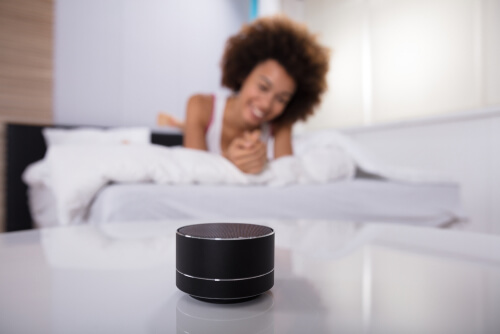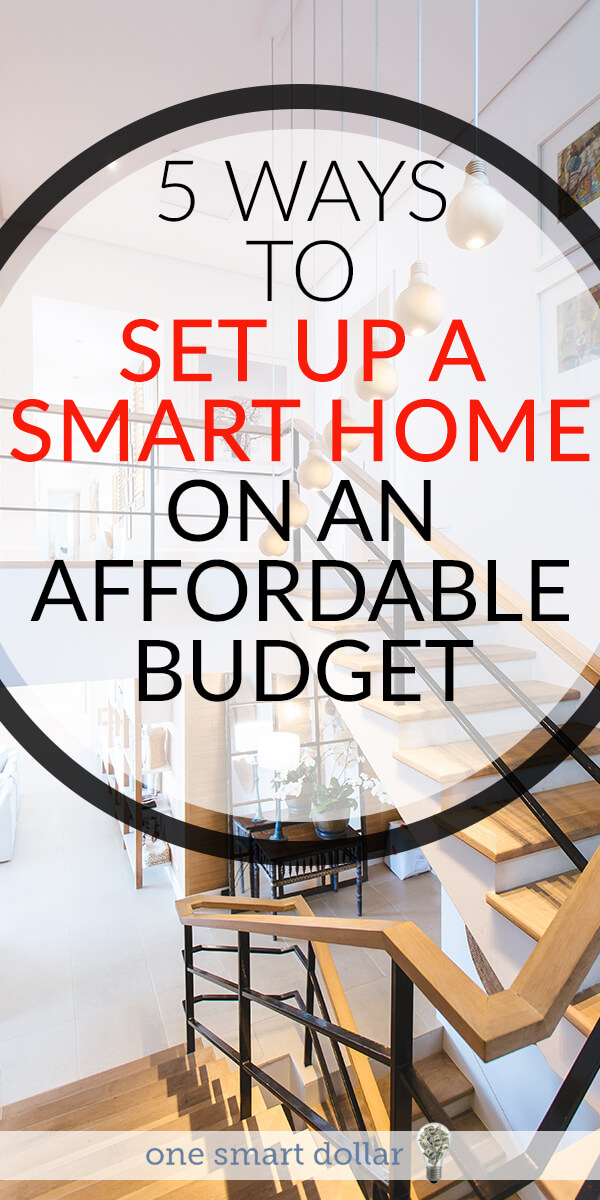
Smart home systems are soaring. By the end of 2017, an estimated 21.8 million North American homes were smart homes. By 2021, this will increase to 73 million homes, representing 55 percent of the population.
One reason more homeowners are adopting smart home devices is affordability. The price of smart home devices has dropped so that it’s possible to have a connected house without breaking the bank. Here are five ways you can set up smart home systems on an affordable budget.
Connect Your TV
One of the easiest ways to get started with a smart home is to connect your TV to the internet. A connected TV can serve as a hub for adding other devices to your smart home network, with your TV’s remote or voice control allowing you to manage devices on your network.
Nearly 70 million U.S. households now use connected TV devices, according to Nielsen data. These include smart TVs as well as multimedia streaming devices such as Roku and connected gaming consoles such as Xbox.
Last Christmas 40-inch smart TVs were on sale for as little as $330. If you want a little bigger, 55-inch and 60-inch screens were as low as $500. Even 70-inch screens could be found below $1,000. Prices should drop even lower this year.
Buy a Smart Speaker
Another affordable way to set up a smart home hub is to buy a smart speaker such as an Amazon Echo or Google Home. Smart speakers can complement your connected TV, or they can themselves serve as the center of your smart home network. This allows you to control other network devices by using your voice.
Over the past two years, 47.3 million U.S. adults have purchased smart speakers, representing one in five of all American adults, according to Voicebot.ai research. Of these, 67.5 percent own one smart speaker, while 19.3 percent own two, and the rest own three or more, for an average of 1.8 speakers per consumer.
Amazon leads the market, followed by Google. Smart speakers compatible with Amazon Alexa, Google Assistant and Siri can be used to control most other smart home devices. Smart speaker prices range from as high as $349 for the Apple HomePod to under $50 for the Amazon Echo Dot and Google Home Mini.
Install Wireless Security Equipment
Another popular category of smart home devices is wireless security equipment. Wireless security devices such as cameras, alarms, lights, automatic locks, and drones can be monitored and controlled through your mobile phone or other devices in your smart home network. Since they don’t require wires, they are also more convenient and less expensive to install than traditional security equipment.
For instance, Lorex wireless home security cameras can be set up anywhere to transmit HD surveillance footage to a receiver up to 500 feet away in a straight line. It can also be viewed from a mobile device through the free mobile app.
Quality wireless security cameras range from about $100 to about $600 and up. This cost must be weighed against the cost of a potential break-in, which hits about one in 36 homes annually for an average of $2,230 per burglary, according to the FBI.
Use Smart Environmental Controls and Lighting
Another smart home investment that can save you money is smart environmental controls and lighting. Devices such as smart thermostats and dimmers can automatically adjust your heating, air conditioning, or lighting to your schedule. This means you’re not using energy you don’t need.
Budget smart thermostats run less than $100, while higher-end units run closer to $225. Smart light dimmers and switches range from about $25 to about $100.
Upgrade to Smart Appliances
Smart appliances are another investment that can cut your utility bill. This category includes indoor devices such as smart refrigerators, dishwashers, washing machines, dryers, faucets, and showerheads. It can also include outdoor devices such as automated sprinklers. For instance, the Rachio Smart Sprinkler Controller uses data about your yard needs and weather conditions to save you 50 percent on your outdoor water bill.
When upgrading to smart appliances, one option is to buy a new appliance with built-in smart features, but for appliances where this is costly, you may also opt to save money by merely attaching a smart device to your existing appliance. For instance, if you’re going to buy a new refrigerator anyway, a smart refrigerator might make sense. But if you want to save money, you can also find less expensive workarounds that don’t require buying a new refrigerator, such as using a $20 mount to attach a tablet to your fridge.
Turning your home into a smart home doesn’t need to put you in debt. Some smart home devices run less than $100. Even many major smart home investments such as smart TVs can cost less than $500. You can convert most of the rooms in your home to smart devices for less than the cost of a major car repair.

